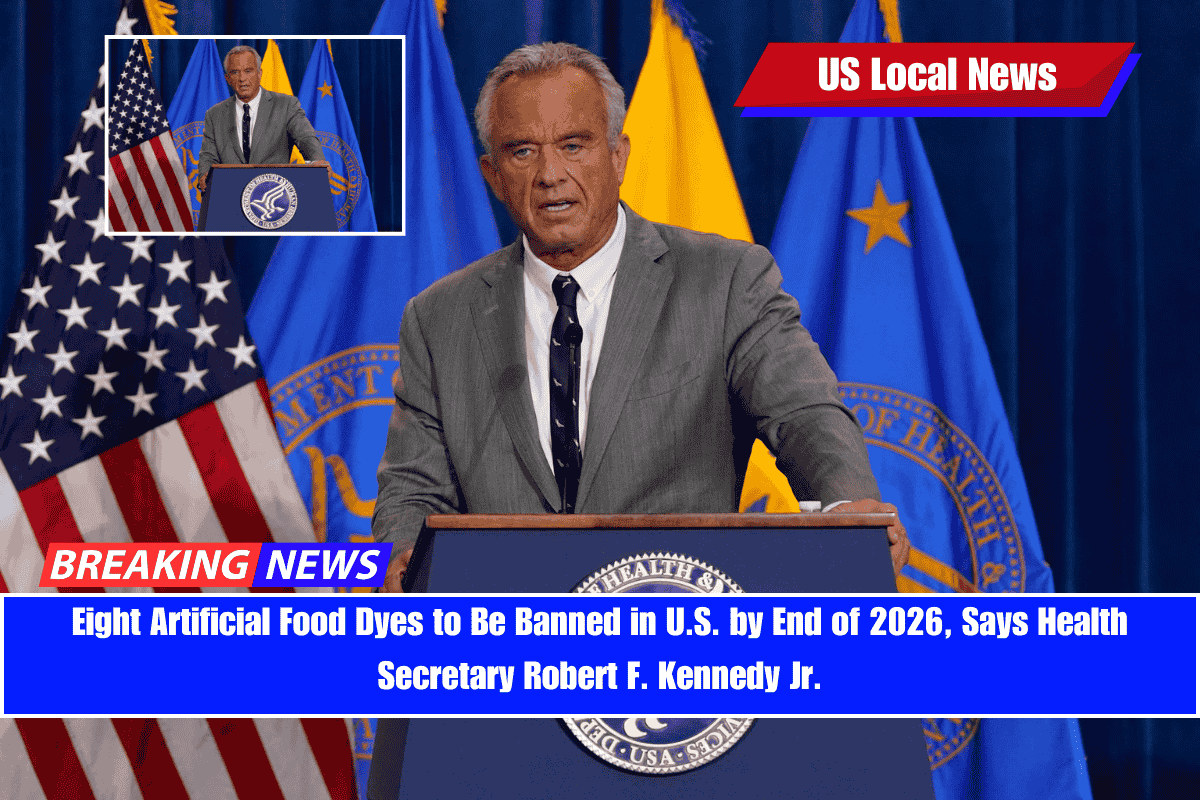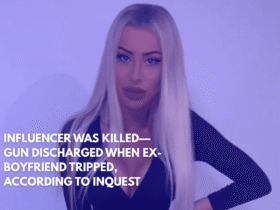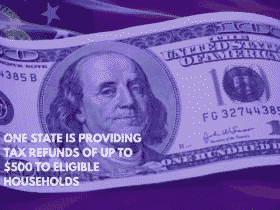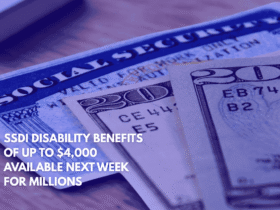A big change is coming to America’s food and drug industries. Health Secretary Robert F. Kennedy Jr. announced on April 22, 2025, that eight artificial dyes commonly found in candy, ice cream, soft drinks, and even medications will be eliminated from the nation’s food supply by the end of 2026.
The move is part of the Trump administration’s new “Make America Healthy Again” agenda, a policy Kennedy has strongly pushed for since joining President Donald Trump’s Cabinet.
Which Food Dyes Are Being Phased Out?
The following dyes are set to be removed:
- FD&C Blue No. 1
- FD&C Blue No. 2
- FD&C Green No. 3
- FD&C Red No. 40
- FD&C Yellow No. 5
- FD&C Yellow No. 6
- Orange B (approval revocation process beginning soon)
- Citrus Red No. 2 (approval revocation process beginning soon)
These dyes have been used for years to enhance food color and to offset changes from exposure to light or temperature. However, growing concerns about their impact on health have pushed federal regulators to act.
Additionally, within a few weeks, the FDA will authorize four new natural color additives and launch joint research with the National Institutes of Health to study how food additives affect children’s health and development.
What Led to This Major Policy Shift?
Robert F. Kennedy Jr. has long criticized “Big Food” and “Big Pharma,” blaming artificial additives for contributing to the nation’s chronic disease problems, including ADHD, obesity, and other behavioral disorders. His stance became a major part of his 2024 presidential campaign and has since shaped public health policy under the Trump administration.
At the press conference, Kennedy pointed to meetings he held with top food company leaders — including those from PepsiCo, General Mills, Tyson Foods, Kraft Heinz, and Kellogg’s — demanding that they eliminate petroleum-based dyes from their products within two years.
Recalling those meetings, Kennedy said,
“If they want to eat petroleum, they can add it themselves at home, but they shouldn’t be feeding it to the rest of us without our knowledge or consent.”
Growing Health Concerns Over Food Dyes
Research has increasingly linked synthetic food dyes to neurobehavioral issues in children. A 2021 study by California’s Environmental Protection Agency found that food dyes could worsen hyperactivity and other behavior problems.
Dr. Lauren Zeise, Director of California’s Office of Environmental Health Hazard Assessment, noted,
“Evidence shows that synthetic food dyes are associated with adverse neurobehavioral outcomes in some children.”
California took early action by banning six dyes from public school lunches last year. Now, with federal action underway, the entire nation is expected to follow.
Support from Activists and Consumer Advocates
Food transparency advocate Vani Hari, also known as the “Food Babe,” celebrated the announcement, saying,
“I never thought I’d see the day when the FDA actually did this. I had lost faith in my government leaders, and now it’s been restored.”
Hari and others who have campaigned for cleaner food ingredients for over a decade see this as a major victory for American parents and public health.
Food companies have been urged to act fast. The Consumer Brands Association told its members that removing artificial dyes is now an “urgent priority” under the Trump administration’s health policy goals — with a clear message that Kennedy wants the changes completed before he leaves office.
Meanwhile, the FDA will continue monitoring the phase-out process and push forward with new research to better understand how food additives affect children’s development.











Leave a Reply